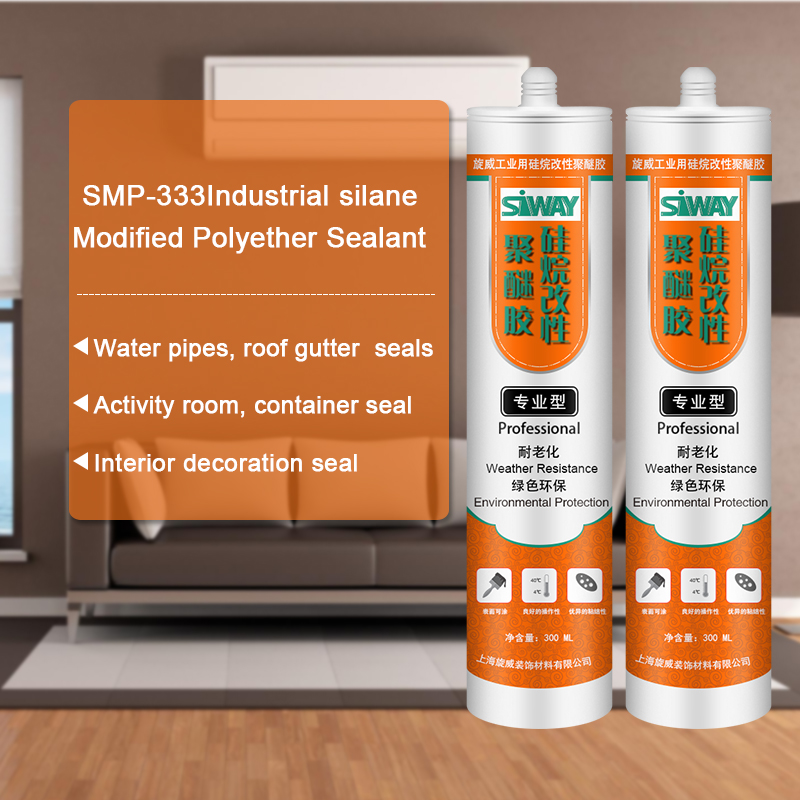Manufacturer of SV-9300 Fireproof silicone sealant to Kyrgyzstan Factories
Short Description:
Description SV – 9300 Fire resistant silicone sealant is a one-component, neutral-curing silicone sealant exhibiting superior performance in applications where sealing openings in walls and floors are needed to control the spread of fire, smoke, toxic gasses, and water during fire conditions. Where to use It is an ideal material designed for use in fire-stop systems for through penetrations and joints. This product excels in applications where greater water resistance is required e.g. ...
Assume full responsibility to meet all demands of our clients; achieve continuous advancements by promoting the growth of our clients; become the final permanent cooperative partner of clients and maximize the interests of clients for Manufacturer of SV-9300 Fireproof silicone sealant to Kyrgyzstan Factories, We will wholeheartedly welcome all clients in the industry both at home and abroad to cooperate hand in hand, and create a bright future together.
Description
SV – 9300 Fire resistant silicone sealant is a one-component, neutral-curing silicone sealant exhibiting superior performance in applications where sealing openings in walls and floors are needed to control the spread of fire, smoke, toxic gasses, and water during fire conditions.
Where to use
It is an ideal material designed for use in fire-stop systems for through penetrations and joints. This product excels in applications where greater water resistance is required e.g. curtain wall, building facade, expansion/pipe and cable joints.
Key Features
1. 100% silicone
2. Excellent weatherproofing and waterproofing
3. Low gas transmission rate
4. With highly efficient redundant
Basic Application
1.Building fire seam sealed
2.Building façade
3.cable joints
Technical data sheet
| Test standard | Test project | Unit | value |
| Before curing——25℃,50%R.H. | |||
| GB13477 | Flow, sagging or vertical flow | mm | 0 |
| GB13477 | Operating time | min | 15 |
| GB13477 | surface drying time(25℃,50%R.H.) | min | 40-60 |
| Sealant curing speed and operating time will have different with different temperatures and temperature, high temperature and high humidity can make sealant curing speed faster, rather low temperature and low humidity are slower.21 days after curing——25℃,50%R.H. | |||
| GB/T 531.1-2008 | Durometer Hardness | Shore A | 20-60 |
| GB13477 | 60% elongation of cementation | no damaging | |
| GB13477 | Elongation limit | % | 120 |
| GB/T 24267 | Sealant level | 20HM | |
| GB/T 24267 | Fire prevention level | FV-0 | |
Certification
GB/T 24267-2009
Color
Black
Package
300ml in cartridge * 24 per box
Shelf life
12 months
Note
If you want the TDS or MSDS or other details, please contact with our sales person.
From https://www.kevincaron.com – Sculptor Kevin Caron helps out a fellow artist who wants to weld copper letters and emblems to horseshoes. Caron demonstrates two different methods using his Longevity TigWeld 250 AC/DC. First, Caron explains that he is not a certified welder and that welding copper to steel is not structurally sound, but for art, well, that’s a different matter. He prepares a real horseshoe by cleaning the metal, then cuts some .060 copper so that he has some tabs like the other artist uses. His first approach is to jig up the horseshoe and copper so they are in a position to weld. He tacks them together, then turns up his welder to “kill.” He gets the horseshoe hot and molten so the metal is ready to flow. For rod, he uses romex house wiring, which works great for welding copper. He fires up the welder, turns it all the way up to 250 amps on the foot pedal so everything is controlled right where he is working so he doesn’t need to touch the machine itself. He’s using a water-cooled torch with a number 6 cup and some of the new E3 tungsten, which he likes a lot. He gets the puddle going and then tacks together the copper and steel. The first tack was good, but the second was a little hot and burned through a bit – he should have backed off the pedal a little quicker. As Caron notes, it takes a lot of practice! The other way, he says, is cheating. He puts the horseshoe into a drill press vise vertically. Just like tinning two copper wires, in which you put a little flux on the exposed wire and then use your soldering iron to put a little solder on it so it soaks right into the wire so the two halves are ready to be joined, he puts a little bead of copper onto the edge of the horseshoe. Then he puts the horseshoe back in the jig so he can add a little dab of copper and joins another set of copper tabs to the horseshoe. The second approach clearly works better. You don’t need anywhere near as much amperage, and you can’t even see the tacks on the second set of tabs. For more how-to videos, visit https://www.kevincaron.com




